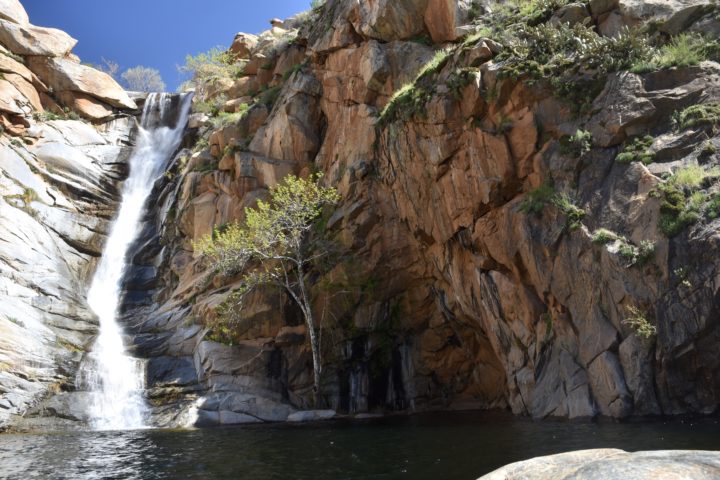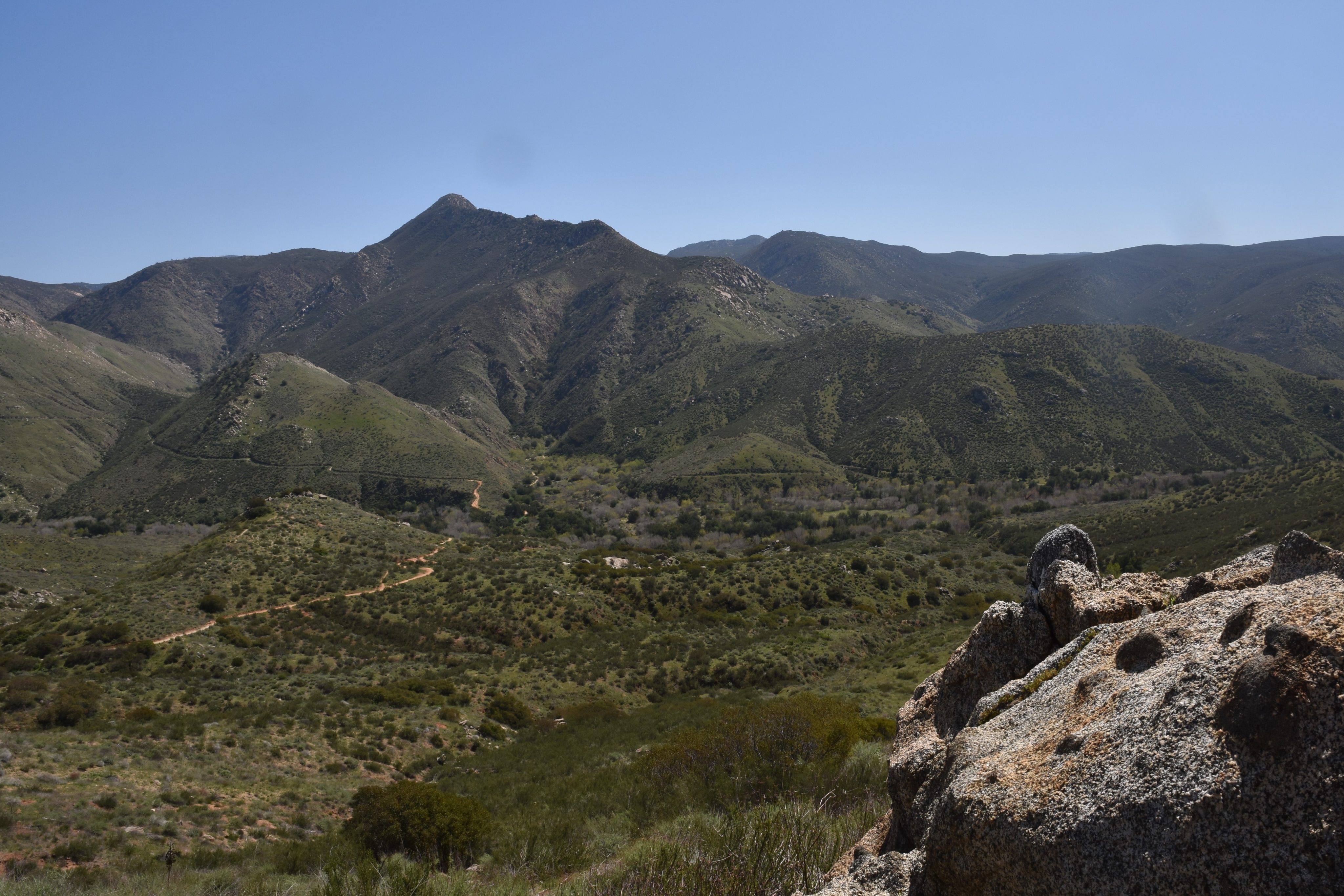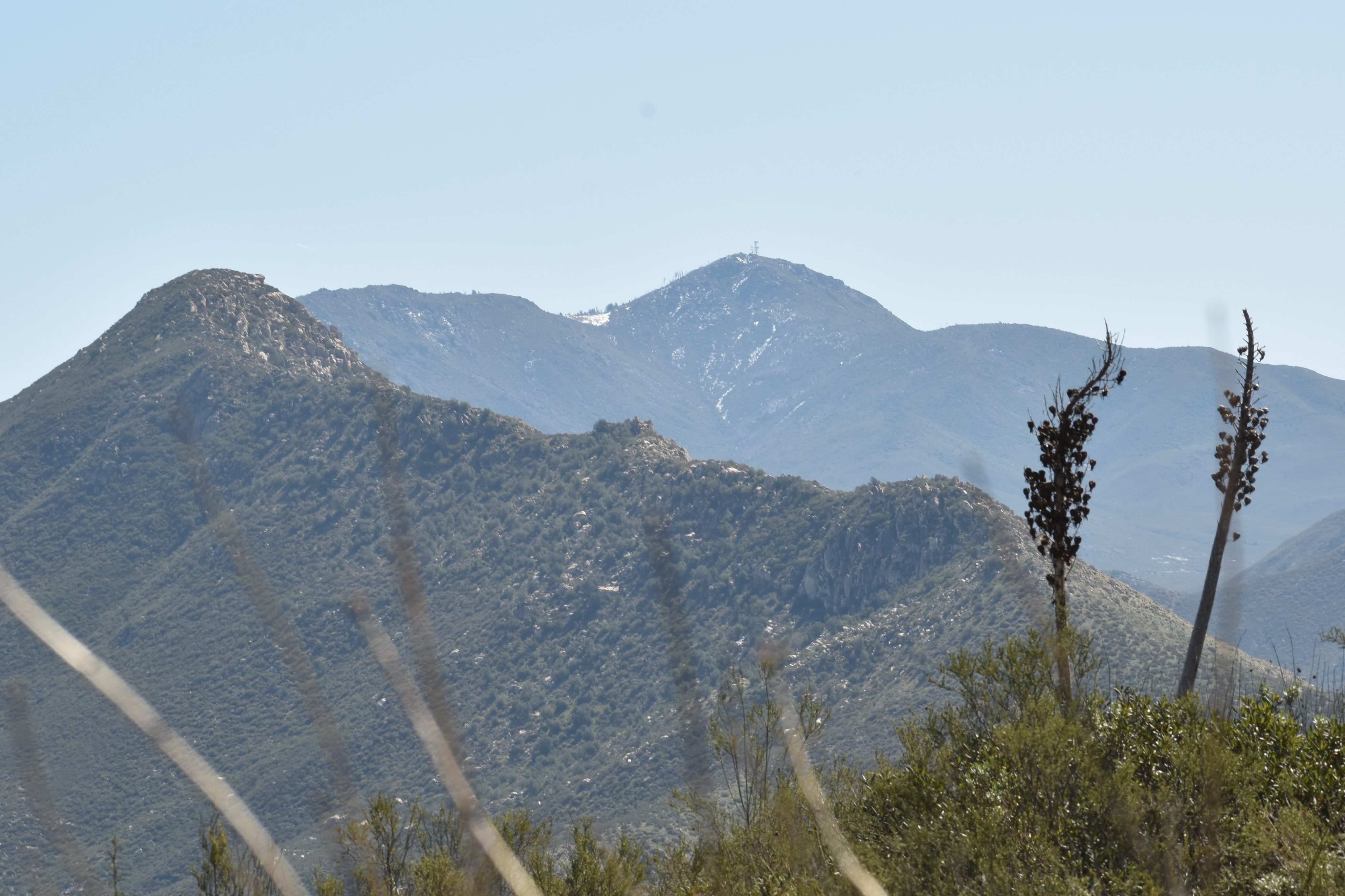Dear Mom,
I’ve been deployed to the Death Star and will serve out my tour of duty here. Of course, our location is always top secret, so I couldn’t tell you where I am even if I knew.
Life here is pretty good. One doesn’t really appreciate the fact that the Death Star, really more of a Death Moon in size, is one of the largest cruise ships ever created. It’s so big, it creates its own gravity. At about the size of the Earth’s moon, it has a land surface about as big as all of Asia. It has five billion cubic miles of interior. To give perspective on this, imagine people inhabited the entire surface of the Earth to about seven miles deep. That’s a big cruise ship.
Only the first couple of levels at the surface of the ship are dedicated to Defense, uniforms mandatory. Sure, the stormtroopers get all the glamour pinging about with their laser blasters and zooming about in their TIE fighters, but they have to suffer the rigors of a hierarchical command structure and some of those leaders aren’t so pleasant. It mostly looks boring, marching around all the time on the deck and patrolling the hallways. Like, who is going to attack a Death Moon?
The interior is much different. Behind every trooper is ten more support people. The logistics of feeding, housing, caring, and entertaining for a cruise ship of ten billion people staggers the imagination. Of course, a lot of that space is dedicated to infrastructure and most of the processes are automated, but there is plenty of work to do for both man and machine. I am very busy and down here, I don’t have to worry about anyone shooting at me.
The Death Moon as habitat is amazing. It is one of the largest closed systems ever created. Nothing goes to waste. Not one drop of water, not one plop of waste, not one piece of material, not one molecule of air. A lot of terratrashed planets could learn a lesson, the Earth included.
And it’s not all business. You can’t move about intergalactic space, even at hyper velocities, in a day. It takes months to move from one location to another. In the meantime, you have to live. One of the most fun things we do is tube jumping in those huge hollow tubes that go from one side of the moon to the other. The gravity is only about a tenth of that of the Earth’s and the acceleration is about a tenth as fast. The atmosphere gets thick pretty fast so it’s more like swimming through soup than skydiving. Because the air pressure is so intense toward the center, you can’t leap much more than a couple of miles from the surface, even with a suit, before the heat will boil your blood or the air pressure will miniaturize you to the size of a marble. More than a few macho corpses that tried to test their limits are floating down at the center of the moon.
Well anyway, we’re off on another mission ensuring peace through force. Rebel scum can’t be allowed to terrorize the galaxy, can they? I suppose it’s not always a pleasant business but it’s a decent life. What could go wrong?
I hope this letter finds you well.
May the Peace of Force be with you, Your Son


